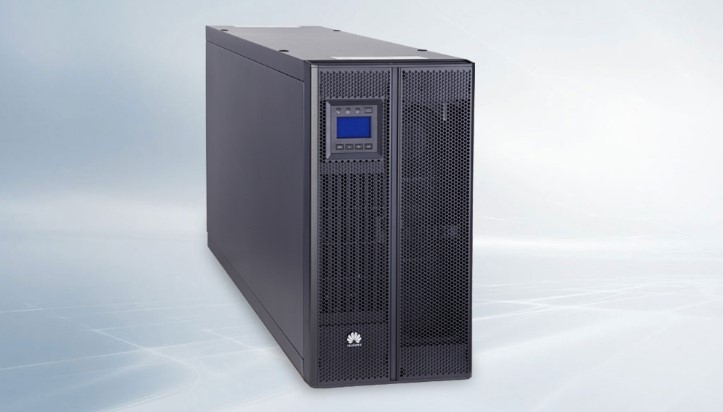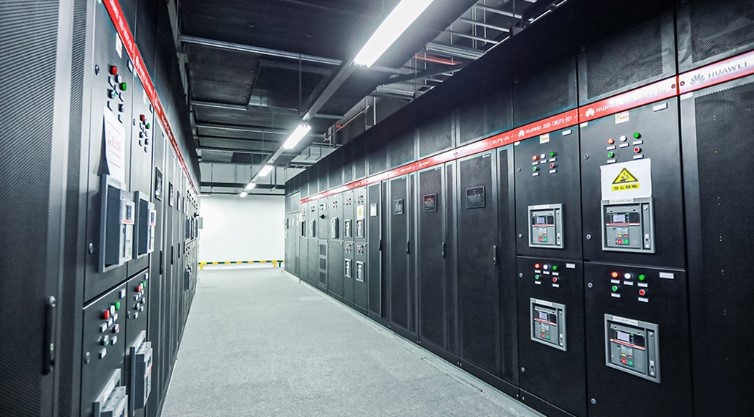What’s the Future of UPS in Smart Grids?

The integration of UPS into smart grids marks a significant advancement in modern energy management. These systems ensure the provision of consistent, high-quality power amidst the variable nature of renewable energy sources and potential grid failures. The evolution of UPS technology promises enhanced reliability and introduces innovative solutions for power continuity and grid stability. This blog delves into the future of UPS in smart grids, exploring their role, innovations, challenges, and what’s on the horizon for these critical power systems.
The Role of UPS in Smart Grids
Ensuring Power Quality and Continuity
UPS systems are pivotal in maintaining power quality and continuity in smart grids. They counteract voltage fluctuations, frequency variations, and power interruptions, ensuring a stable power supply. By acting swiftly during grid disturbances, UPS units protect sensitive electronic equipment, reduce downtime, and maintain operational efficiency—key aspects in an increasingly digital and electrified world.
See also: Huawei’s Data Center Facility: The Ultimate Tech Infrastructure
UPS as Backup Power for Critical Infrastructure
Critical infrastructure including data centers, hospitals, and communication networks relies heavily on UPS systems for uninterrupted power. During grid outages, UPS systems kick in instantaneously, providing temporary power until primary systems are restored. This ability to offer seamless power transfers is invaluable in mitigating risks associated with power interruptions that could otherwise lead to data loss, operational failure, and even safety hazards.
Smart-UPS: Integration with Grid Monitoring Systems
Smart-UPS units integrate with grid monitoring systems to enhance grid management through real-time diagnostics and predictive maintenance. By communicating with grid operators, these advanced UPS systems provide data on power consumption patterns, load demands, and potential faults. This connectivity allows for proactive adjustments and maintenance, optimizing overall grid performance and reliability.
Innovations in UPS for Smart Grids
Advanced Battery Technology and Energy Storage
Innovative battery technologies, such as lithium-ion and other advanced chemistries, are crucial for the future of UPS in smart grids. These batteries offer higher energy densities, longer life cycles, and faster recharge rates, facilitating robust and flexible energy storage solutions. Enhanced battery performance ensures extended power backup durations, supporting more resilient and reliable grid operations.

Real-Time Data Analytics and UPS Management
Real-time data analytics in UPS management allows for dynamic adjustments and informed decision-making. Through the continuous monitoring of performance metrics and environmental conditions, analytical tools optimize UPS operations. This proactive approach helps in identifying potential issues before they escalate, ensuring uninterrupted service and optimal functioning of the power supply network.
Integration of UPS with Renewable Energy Sources
The integration of UPS with renewable energy sources like solar and wind power provides a critical pathway for sustainable and resilient grid systems. UPS units store excess energy generated during peak production periods and release it during low-production or high-demand periods. This synergy ensures a balance between energy supply and demand, promotes the use of clean energy, and enhances the overall efficiency of the grid.
Challenges in Adopting UPS in Smart Grids
Cost and Scalability Issues
The adoption of UPS systems in smart grids faces significant cost and scalability challenges. High initial investment costs and economic feasibility can deter widespread implementation, especially in developing regions. Additionally, as the demand for power grows, scaling UPS systems to match the increasing load without substantial cost implications remains a critical concern for grid operators.
Technical Integration with Existing Grid Infrastructure
Seamlessly integrating UPS systems with existing grid infrastructure poses technical challenges. Compatibility issues, synchronization problems, and the need for extensive grid modifications can hinder the deployment of UPS units. Overcoming these technical barriers requires significant investment in research, development, and infrastructure upgrades to ensure a smooth transition and reliable operations.
Environmental and Sustainability Concerns
The use of conventional battery technologies in UPS systems raises sustainability issues due to resource extraction, manufacturing processes, and disposal challenges. Environmentally friendly alternatives and sustainable practices must be prioritized in UPS development to mitigate adverse environmental impacts. Addressing these concerns is essential for aligning UPS advancements with global sustainability goals.
The Future Outlook for UPS in Smart Grids
Potential for AI and Machine Learning in UPS Management
Artificial intelligence (AI) and machine learning (ML) hold great potential for revolutionizing UPS management. These technologies can predict failures, optimize performance, and automate grid responses based on real-time data. Enhanced analytical capabilities provided by AI and ML can significantly improve the efficiency, reliability, and predictive maintenance of UPS systems, leading to smarter energy management.
The Role of UPS in Decentralized Energy Systems
UPS systems play a crucial role in supporting decentralized energy systems by providing localized power stability and reliability. In microgrids and other distributed energy networks, UPS units balance local supply and demand, ensuring continuous power availability. Their ability to operate independently or in conjunction with larger grid systems enhances the resilience and flexibility of decentralized energy solutions.
Collaboration Between UPS Manufacturers and Grid Operators
Collaborations between UPS manufacturers and grid operators are essential for the successful integration of UPS systems into smart grids. Joint efforts in research, development, and standardization can address technical challenges and optimize system compatibility. By working together, stakeholders can drive innovation, improve system performance, and create more robust and reliable power networks.
Conclusion
The future of UPS in smart grids promises significant advancements in energy reliability, efficiency, and sustainability. These systems are integral to modern power networks, ensuring continuous power quality and supporting the integration of renewable energy sources. For critical infrastructure, such as data centers, a reliable Data Center UPS is essential to maintaining uptime. Overcoming challenges related to cost, scalability, and technical integration is vital for the widespread adoption of UPS technologies. Embracing innovations and fostering collaborations will drive the evolution of UPS systems, paving the way for more resilient and intelligent energy networks.




